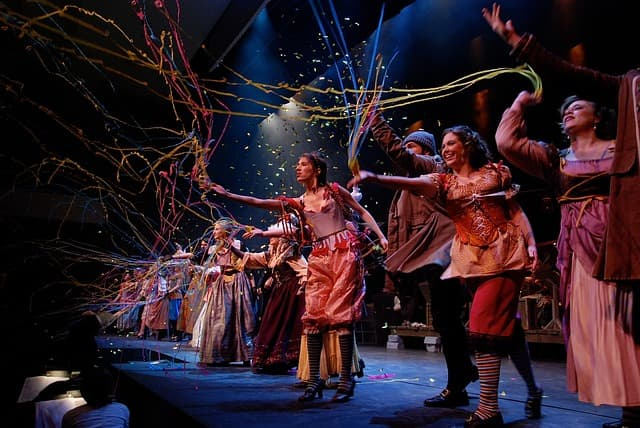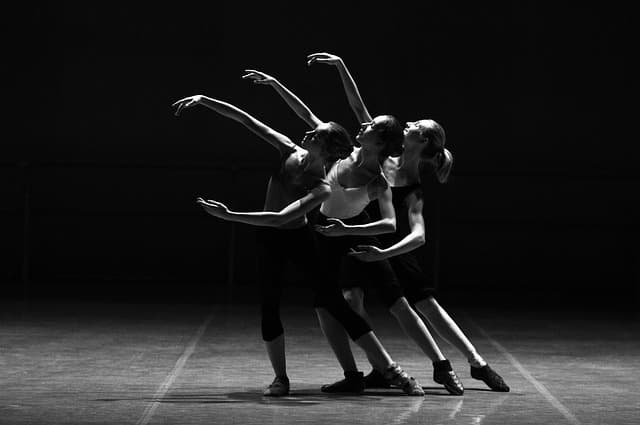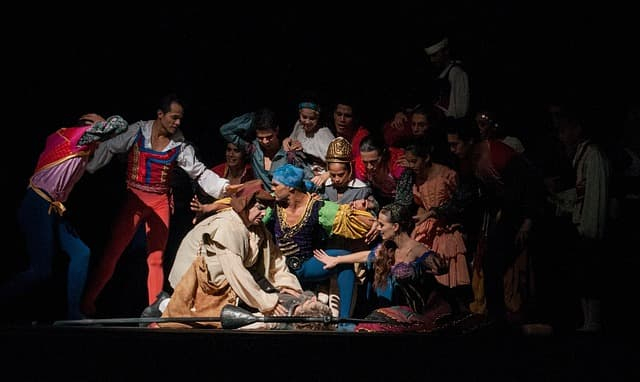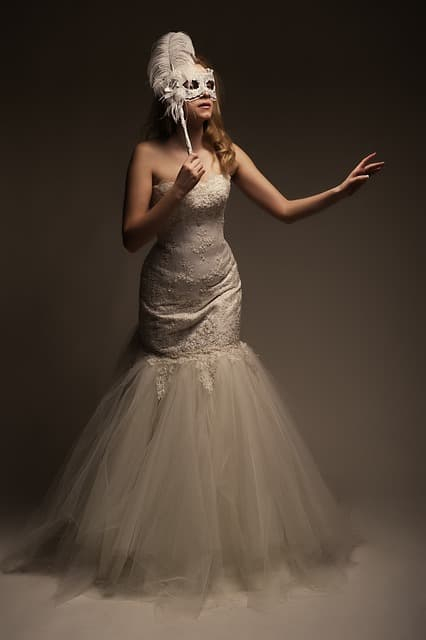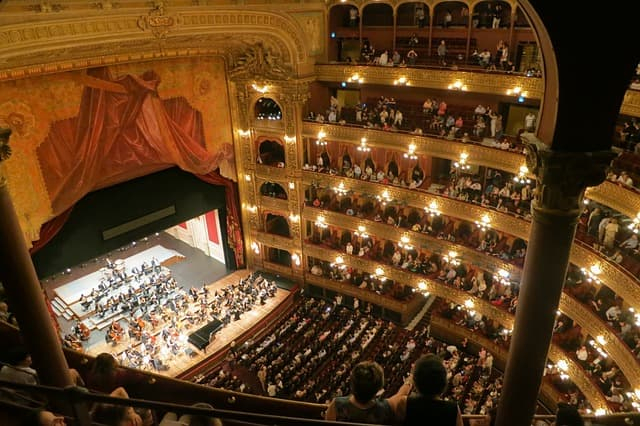Throughout the twentieth century, theater people in America checked their experience with Broadway. Off-Broadway (off, “without”) stages appeared, and then off-Broadway stages. The most daring experimentalists, who challenged the very nature of theater and, of course, Broadway, were willing to repeat this “off” more than twice. What are Broadway theaters? First of all, they are not theaters in the traditional, European sense. Broadway commercial theaters have not had (and do not have) a permanent company- they are buildings with an auditorium that seats a large number of spectators. The auditorium is rented to the organizer of the show, the entrepreneur. Often the plots of the plays played also depended on the tastes of the entrepreneur. Broadway hits, or “action films,” in modern parlance, have remained in history. As a rule, they were musicals, a special type of play born on the American stage in the 1920s.
Broadway musicals that have come off the stage have often been adapted, such as: “My Pretty Red Lady, Jesus Christ Superstar (both 1972), and Hair (1979). Broadway plays are a special kind of theater, designed, of course, primarily for success, for the tastes of mass audiences. This does not mean, however, that Broadway theater is bad. It is just completely different from European theater, and you can not compare them. The combination of song and dance, the sharp plot, the charming, feisty and temperamental characters, the melodies that are easy to remember – all of this attracted and still attracts audiences. For several years, musicals such as A. Lawrence and L. Bernstein’s West Side Story (1957), about a modern-day Romeo and Juliet, did not leave the stage. Participating in a musical requires the actors to be versatile talents, and they always work with full dedication. The rigid selection of actors for Broadway musicals generates tragic situations and at the same time reveals the essence of the national American character – the thirst for risk, tenacity, the passion for success. It is not by chance that two popular American films are devoted to the casting selection procedure: All That Jazz (1979) directed by Bob Fosse and Chorus Line directed by Michael Bennett. It is both an adaptation of a Broadway play and a dramatic account of an actor’s fate. The best Broadway musicals are poetic, but they have a very active, even aggressive effect on the audience – the actors speak directly to the audience, the prose dialogue is suddenly replaced by singing and dancing, the whole performance is marked by heightened emotionality.
“The Living Theater, founded in 1951, was a sharp contrast to Broadway. Since that time the history of Off-Broadway scenes can be traced. The new company was headed by Julian Beck (born 1925) and Judith Malina (born 1926). This theater presented to American and later European audiences the most daring and consistent version of the theatrical avant-garde. The performances were striking in their frankness, in breaking all prohibitions, and in the unusual manner of the actors, who either portrayed something or remained . The main motive behind the performances (which determined their form), was an all-encompassing protest-against the familiar everyday life, against self-righteous infallibility, against the claims of the authorities to establish a world order. And it didn’t matter what that freedom was or who it should be bestowed on: the black population of America or the Koreans and Vietnamese, the Czechs, the young guys who craved love without marriage, the lovers of nightlife… Freedom now! No reservations! At first, the Living Titre plays were played in the attic of a house on the corner of Broadway and Hundredth Street. Julian Beck did not agree with Stanislavski’s interpretation of the Actor’s Studio system; he needed a bigger change. In Beck’s view, it was necessary to get to the heart of the theatrical spectacle. New models and new theatrical gods were needed. Antonin Artaud and the aesthetics of the “theater of cruelty” that directly affected the psyche of the audience were recalled. The authorities were dissatisfied with the work of the troupe: Livintietre was closed, as always happens in such cases, “for financial reasons,” and its creators were briefly imprisoned. On release, Beck and Malina left the United States for good. Their company became the first avant-garde theater on the European continent after World War II. Between 1964 and 1968, the Living Theatre performed in twelve European countries.
A youth protest movement was gaining momentum in Europe at the time. The contradictions that had accumulated in the more than two decades since the end of the war were manifesting themselves very violently. Students were taking over universities, young people were leaving the cities, creating settlements, and in the spring of 1968 barricades grew in the well-groomed streets of Europe. In such an atmosphere, the Living Tribute performances that defied conventional moral and political norms came in handy. Beck suggested working in a new way, by the method of collective creativity, improvising. This is how the play Mysteries and Seven Passages (1964) was created. The stage was replaced by the stage – an actor appeared on it, who for a long time, without saying a word, looked at the audience. Then other actors appeared among the audience; seeing the general discontent, they “warmed up” the most indignant spectators. A new group of actors would come on the stage, hold dollars in their hands and read monotonously the words printed on the banknotes, while one actress would sit in a lotus pose and recite a text in Sanskrit. Naturally, the audience didn’t understand and became indignant and noisy. Then they were invited to the stage to mingle with the actors and become part of the action themselves. And in the finale, remembering Artaud’s work, the actors portrayed people afflicted by a terrible disease. They were squirming, begging the audience for help, crawling to their feet, moaning in agony – and it was as if they were dying. The “survivors” stacked the “corpses.” The actors played so naturally that their “deaths” brought the audience into a state of shock, and they left the room, carrying away in their memory the terrible picture of universal death.
The American avant-garde gave birth to a new form of performance – the so-called extraverbal (from Latin verbalis – “oral,” “verbal”) theater. During the last thirty years of the 20th century this type of theater spread all over the world – from Scandinavia to Italy, from Brazil to Indonesia. There are many reasons for this, but one of them, with the sharpness and straightforwardness characteristic of American theater innovators (although with the support of scientific works), was formulated in the mid-1960s: words lie, speech is deceitful, and the body tells the truth. Even today, theater innovators on both sides of the ocean preach similar slogans.




